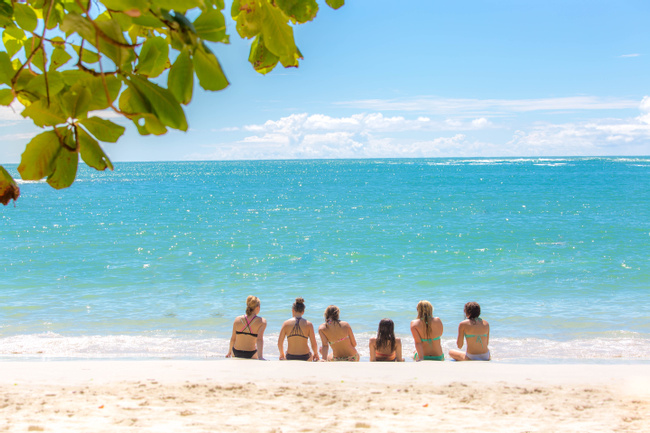Destinos: A Dónde Ir en Costa Rica
Decidir a dónde ir en Costa Rica puede ser un poco abrumador debido a la increíble biodiversidad del país, y el clima variable ofrece una multitud de lugares para explorar y disfrutar. Los entusiastas de la naturaleza estarán en el cielo al hallarse caminando entre bosques nubosos, y paraísos de vida silvestre como los humedales del Refugio de Caño Negro. Los aventureros obtendrán su dosis de adrenalina mientras realizan rafting de aguas rápidas, salen disparados por bosques verdes en una tirolesa, y mientras cruzan la jungla por la noche en un tour nocturno de la selva tropical.
La belleza de Costa Rica es que la respuesta a la pregunta "¿A Dónde Ir en Costa Rica?" es: ¡a dónde sea! Usted no se podrá equivocar, porque el país ofrece algo para cada viajero. ¿De paseo con la familia? Podrá disfrutar de la vida silvestre y los tours aventureros en la región del Volcán Arenal de La Fortuna. ¿Planeando un escape romántico? Mímense en las playas de Tamarindo. La magia y la belleza de Costa Rica es que podrá planificar casi que cualquier tipo de feriado. Por lo tanto, ya sea que se encuentre en busca de descanso y relajación, un lugar para quedarse cerca del aeropuerto cuando se encuentre en un viaje de negocios, o tenga la oportunidad de ver el volcán o un tucán de cerca, nosotros contaremos con las soluciones a todas sus necesidades de viajes en el país.








